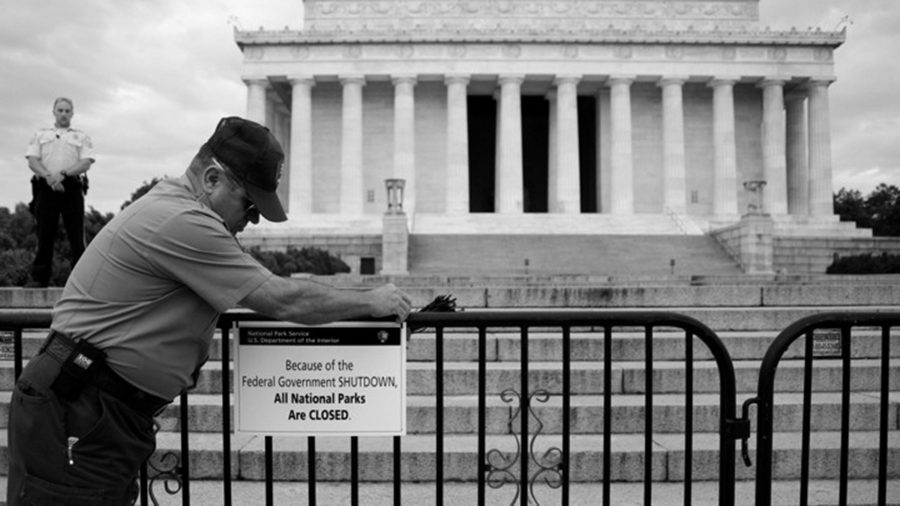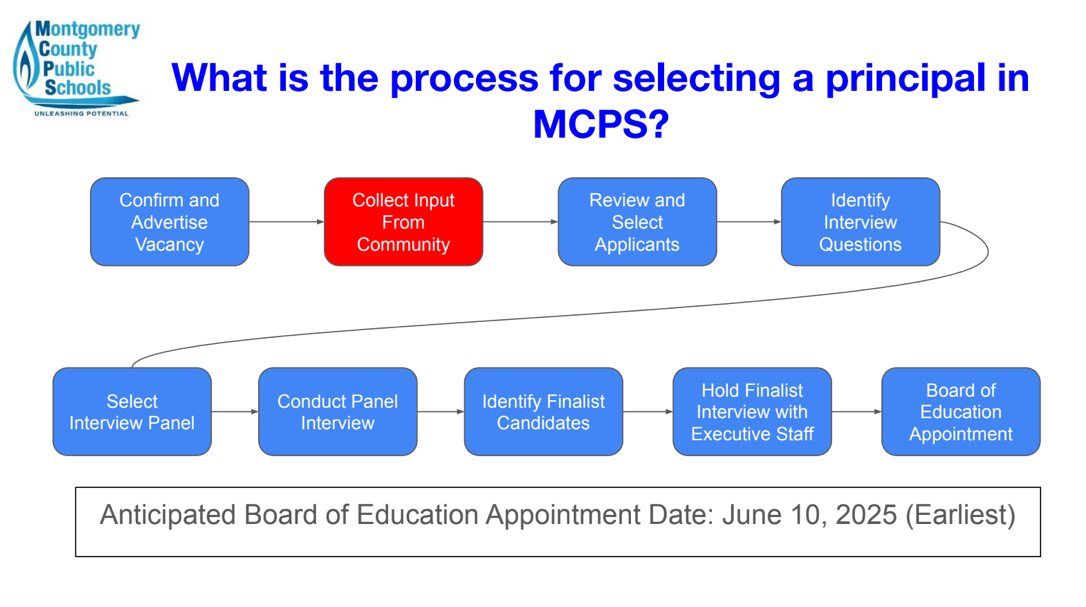The United States federal government shutdown continued from Dec. 22 until Jan. 25. This shutdown was the longest in history, lasting 35 days, and the second government shutdown under President Donald Trump. What was the reason for this $11 billion partial shutdown?
According to The Committee for a Responsible Budget, the fiscal year began on Oct. 1, 2018, and lawmakers have only been able to sign five out of the 12 appropriations bills setting the discretionary spending levels. These appropriations bills set up how federal agencies will be spending their money for the next fiscal year. In order for one to be passed, appropriations bills require 60 votes in the Senate, which often forces bipartisan support.
The shutdown began because Congress was not able to pass any more appropriations or a short-term resolution.
Congress was not able to meet two of its Nov. 30 deadline and had until midnight of Dec. 21, to enact legislation to fund the remaining seven appropriation bills, but they allowed that funding to lapse and temporary funding expired. The shutdown began because Congress was not able to pass any more appropriations or a short-term resolution, such as a continuing resolution for an extended period of time.
Although continuing resolutions (CRs) are able to temporarily fund the government in the absence of appropriations bills, it has negative implications for the government’s overall budget efficiency. CRs normally continue funding at the past year’s levels without regarding the changing needs for each policy or program, which wastes hundreds of hours of careful planning. For example, if the president’s annual budget proposes cuts or decreases in spending for unnecessary programs, a CR would continue to fund these programs. The Heritage Foundation also explains that CRs also severely harm the defense budget by taking away the needed time and money for training, maintenance and development as well as other programs that require yearly changes in spending.
The government ended the 35-day shutdown by passing a CR allowing for three more weeks of negotiations.
On Jan. 25, the government ended the 35-day shutdown by passing a CR allowing for three more weeks of negotiations, but did not include the $5.7 billion to fund the border wall construction requested by the president.
Sophomore Daniel Hwang thinks that the CR will resolve these issues. “All of these congressmen and congresswomen have had the time to think about everything, so I think that the continuing resolution will be put to good use,” Hwang said. “Also, the general public has been very against the shutdown and in order to please their constituents, representatives and senators will most likely try to not close the government again.”
Sophomore Joseph Yi thinks that the government will eventually go back into a shutdown as well. “Our Congress has literally been sitting around doing nothing for a while,” Yi said. “I think that they’re just going to take their time again.”
On the other hand, sophomore Merril Heitz does not think that the CR will resolve these issues. “Nancy Pelosi, the current speaker of the house, had to push very hard to convince president Trump to reopen the government,” Heitz said. “I think that without her and other key voices in the government, the shutdown would have lasted even longer.”
The shutdown came from the longtime dispute over immigration.
The root issue of the shutdown came from the longtime dispute over immigration between Republicans and Democrats. President Trump requested a southern border wall to be added onto one of the appropriations bill and later proposed temporary protections for young undocumented immigrants, which according to the CNN, Democrats find expensive, ineffective and inadequate.
Instead, Democrats advocated for stronger border security, fencing and immigration juries and passed a spending package on Jan. 3 that includes $1.3 billion for border security and $300 million for other border security components such as technology and cameras.
During a shutdown, federal workers deemed nonessential are sent home until the government reopens. The Balance reports that there were 420,000 critical employees working with no pay from the beginning to end. Here’s how many workers were furloughed in each department according to The Washington Post:
- Agriculture – 40 percent of 95,383 employees.
- Commerce – 87 percent of 47,896 employees.
- Homeland Security – 13 percent of 232,860 employees.
- Housing and Urban Development – 95 percent of 7,497 employees.
- Interior – 78 percent of 68,469 employees. There were not enough National Park staff to maintain parks, which still remained open. The Environmental Protection Agency also furloughed 95 percent of its 13,872 employees and their typical worker has not been paid $7,737.
- Justice – 17 percent of 114,154 employees. Federal civil cases and immigration court cases have been delayed. Special counsel Robert Mueller and his office’s special investigation had continued throughout the shutdown even though it is housed under the Department of Justice because Mueller’s office is funded by a “permanent indefinite appropriation,” according to CNN.
- State – 42 percent of US workers and 26 percent of US workers abroad.
- Treasury – 83 percent of 87,267 employees.
- Transportation 34 percent of 54,230 employees. Security workers, such as TSA employees, had been calling in sick, which created delays in some airports.
Other smaller agencies such as the NIH and NASA have been closed as well.
Agencies deemed essential continued to run through the shutdown.
Sophomore Meena Zoks thinks that it is unfair to the workers when the government shuts down. “It’s not the workers’ fault that they have to leave their job for weeks without pay, and I know that a lot of these workers had to try and pick up second jobs just so that they could try to make a living,” Zoks said. “It’s really unfair that so many people have to be put off or even work without pay for an issue that they didn’t even start.”
Agencies deemed essential continued to run through the shutdown. Because three quarters of the government have also already been funded by appropriations bills, many services had still remained working as well. Social Security, Medicaid, and Medicare all fall under “mandatory spending” and do not rely on the annual appropriations process, but new applicants had to face a wait before being able to obtain these services. The US Postal service also remained open, and the USPS is funded by independent sources such as the sale of products and services, which means it was not economically impacted at all.
The Department of Veterans Affairs also remained open due to having already secured its funding. Physician June Yang said that because the VA is deemed essential, even snow storms or other hazardous weather conditions along with government shutdowns will not close it. “We don’t get a break because we’re a hospital and veterans still show up to get treated,” Yang said, “but at least we’re still paid normally and aren’t required to work without pay like other services such as TSA. I know a lot of other people who work for the government at the NIH had to stop their research due to the shutdown, which is very unfortunate and annoying because they lose so much data, resources and time.”
Celebrities used their platforms to speak out against the closure.
During the shutdown, many celebrities used their platforms to speak out against the closure. Belcalis Marlenis Almánzar (Cardi B) and Calvin Cordozar Broadus Jr. (Snoop Dogg), both American rappers, were just two of the celebrities voicing their unhappiness about the shutdown through social media such as Twitter and Instagram.
Celebrities also helped to support workers who were not being paid. TV show host and comedian Ellen DeGeneres surprised two furloughed workers with $20,000 to start their new cheesecake company, while Jimmy Kimmel, another TV show host and comedian, hired a new furloughed worker each day of the shutdown. Many restaurants and chefs offered free food and meals to furloughed workers, such as Jon Bon Jovi’s soul kitchen in New Jersey and celebrity chef José Andrés’ World Central Kitchen in D.C..
The shutdown had a costly economic impact. In total, it cost the US economy $11 billion, and although most of that money will be gained back, the Congressional Budget Office estimates that $3 billion will not be recovered. Many large corporations such as Marriott International Hotels and Southwest Airlines have also felt a hit, as large companies have seen million dollar decreases in their revenue, according to Forbes News.
The shutdown has also caused difficulties for non-workers as well. “I couldn’t do my NSL project because all of the museums were closed during that time since none of the museum employees were being paid,” sophomore Josh Mariani said.
The government was set to shutdown again on Friday, Feb. 15.
The government was set to shutdown again on Feb. 15 unless Congress passes another continuing resolution, and the possibility of creating a deal will only happen if the pressure of another shutdown is greater than both parties’ desire to win. As of Feb. 12, negotiators have created a deal concerning the Department of Homeland Security (DHS) and are waiting for President Donald Trump to weigh in. The deal would include $1.375 billion for barrier funding that would cover 55 miles of new barrier in the Rio Grande Valley, which had been a priority to the president, according to the CNN. The $1.375 billion figure is just slightly higher than the current $1.3 billion funding level, and less than the $1.6 billion Senate proposal rejected by the president last year. The deal also includes prohibitions on the use of concrete walls (only existing technologies may be built for border security), restrictions on border building in highly sensitive areas, and a overall $1.7 billion increase in DHS spending (primarily for technology, ports of entry security, customs officers and humanitarian aid).
If the proposal does not follow through, according to The Washington Post, Democrats have also suggested to keep everything open except for the Department of Homeland Security since border security falls under that branch. Declaration of a national emergency or securing funding from elsewhere are other possibilities.








